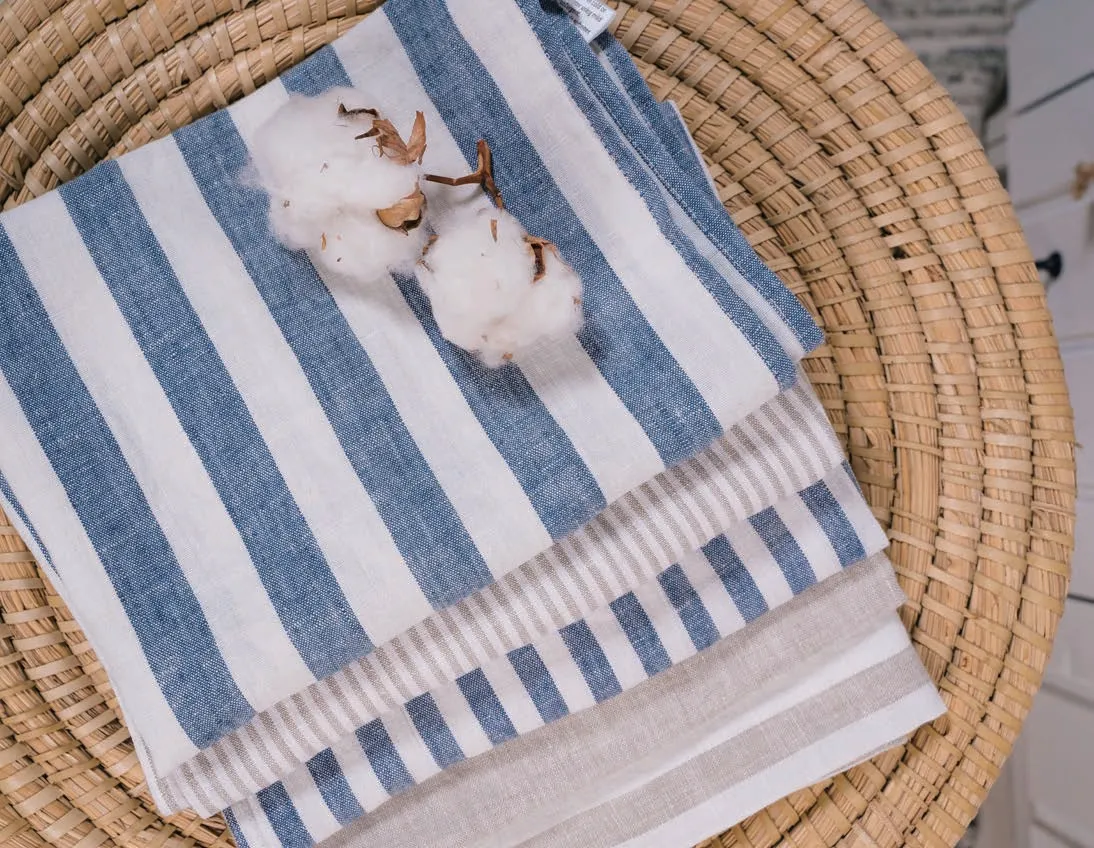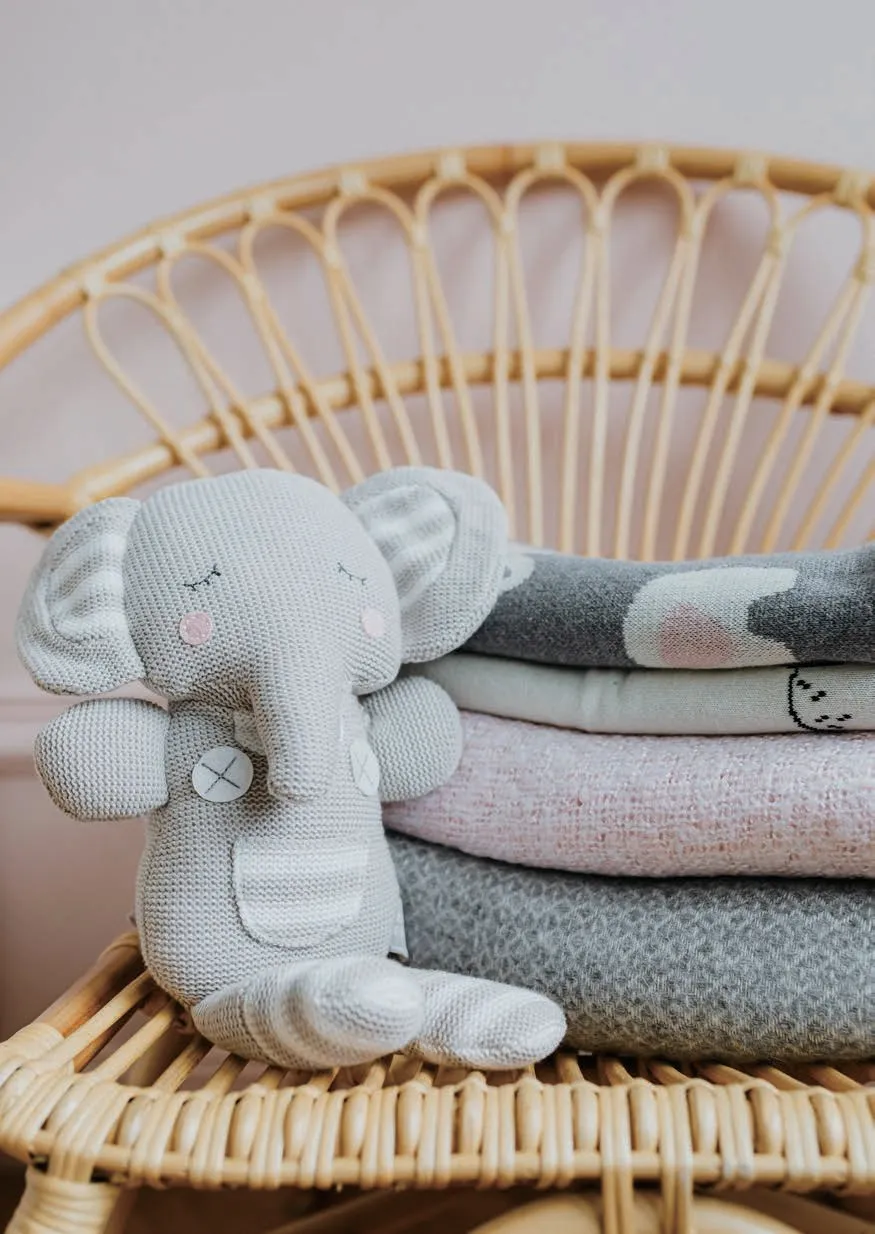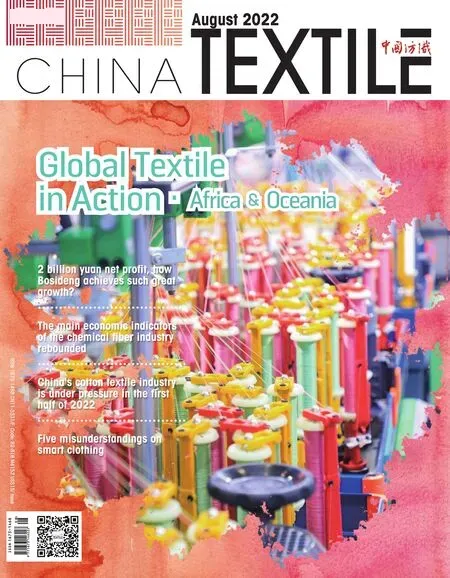Analysis of home textile industry from January to June 2022
Edied by Zhong Mengxia

In the f irst half of this year, the global economic re—covery process slowed down, and the problems of inf lation and currency contraction, geopolitical risks and pandemics in the world, high raw material costs, low overall market demand and pressure on product prices seriously aff ected the normal production and operation of the home textile industry. Under unprecedented multiple pressures, the home textile industry has made great strides. By June of this year, various economic indicators have recovered to the same level of the previous year, showing the resilience of the home textile industry.
The industry is under overall pressure
Since the beginning of this year, due to the pressure of raw material cost, the logistics pressure caused by the spread of domestic pandemic and the limited orders of enterprises, the benefits of the industry have dropped sharply. After May, with the improvement of pandemic prevention and control situation in China and the gradual eff ectiveness of the national package of policies and mea—sures for steady growth, the operation of the home textile industry has been gradually restored. According to the data of the National Bureau of Statistics, in the f irst half of the year, the operating income of domestic textile enter—prises above designated size increased slightly by 0.08%year—on—year, and the profits gradually narrowed from—34% at the beginning of the year, with a slight increase of 1.74% from January to June.
The export growth rate slowed down

Since 2022, the growth rate of export volume of China's home textile products has been narrowing as a whole. According to the data of the General Administra—tion of Customs, from January to June, China exported 22.668 billion US dollars of home textile products, a year—on—year increase of 3.48%, of which the export volume decreased by 2.55%; The export unit price increased by 6.18% year—on—year. The overall export growth rate slowed down, the export volume turned from positive to negative year on year, and the export unit price remained at a high level year on year.
Judging from the six major categories of home textile products exported, except for the year—on—year decline in the export of bedding products, the export of other types of home textile products maintained a positive growth. From the perspective of major export markets, the growth rate of traditional markets in the United States, Europe and Japan is lower than other markets. From January to June this year, China export—ed 9.598 billion US dollars of home textile products to the US, Europe and Japan, down 4.23% year—on—year,and 13.07 billion US dollars of home textile products to other markets, up 9.97% year—on—year.
Recovery of domestic sales under pressure
According to the data of the National Bureau of Sta—tistics, from January to June this year, the domestic output value of domestic textile enterprises above designated size increased by 2.39%. In March and April this year, the domestic pandemic situation caused the production and operation of enterprises to stop, and the domestic sales of the industry dropped sharply year—on—year. After May,with the domestic pandemic gradually being effectively controlled, the production and operation of enterprises gradually recovered, but the overall recovery process slowed down. According to the results of China Textile Federation's "Questionnaire Survey of Enterprise Manage—ment in the Second Quarter", the new order index of home textile enterprises in the second quarter was 39.35, a slight increase of 0.5 points over the first quarter.
Main problems faced by the industry and trend prediction
Insufficient market orders are the primary problem
Home textile enterprises generally believe that the reduction of market orders is the primary problem they face, especially for small and medium—sized enterprises.In the first half of this year, due to the outbreak and containment of many domestic pandemics, the textile industry enterprises had a regional phased shutdown phenomenon. According to the results of the "question—naire survey on production, operation and problems faced by enterprises" carried out by China National Textile Asso—ciation, the proportion of home textile enterprises is high within two weeks to one month, accounting for 54%. The main factors of enterprise shutdown are pandemic situa—tion containment, insufficient orders and insufficient sup—ply of raw materials. At the same time, "the fluctuation of pandemic situation affects production and life" is also the main problem encountered by the interviewed enterprises in domestic sales.
Orders decreased, and corporate inventory in—creased in the second quarter. According to the results of Enterprise Management Questionnaire Survey of China Textile Federation, the proportion of enterprises with increased inventory of finished products in the second quarter was as high as 63.6%.
Be cautiously optimistic about the third quarter forecast
According to the results of China Textile Federa—tion's "questionnaire survey on enterprise management in the second quarter", 34.4% of home textile enterprises expect to increase their order demand in the third quarter,accounting for a slight increase of 1.1 percentage points compared with those in the second quarter. 51.6% of enterprises think that the output of their main products will increase in the third quarter, which is 18.3 percentage points higher than that of enterprises with "increased out—put" in the second quarter. Enterprises that are optimistic about the overall operation of the industry in the third quarter accounted for 18.2%, an increase of 9.1 percent—age points over the second quarter; Enterprises that are not optimistic are expected to account for 33.3%, which is 3.1 percentage points lower than that in the second quarter. On the whole, home textile enterprises should be cautiously optimistic about the expected operation of the industry in the third quarter.

